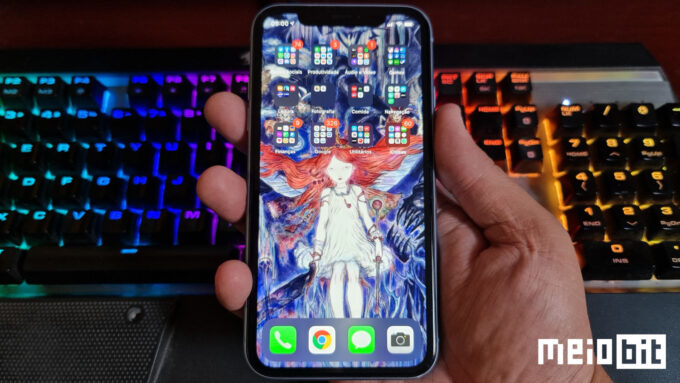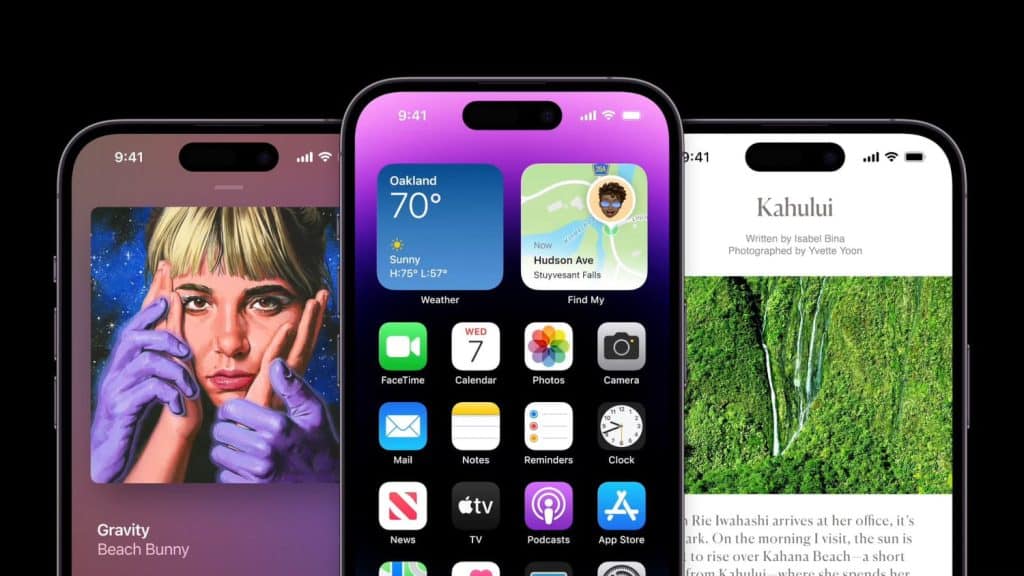THE apple had to swallow samsung for several years, after much lead exchanged between companies, through patent lawsuits and copied designs, among other things. Gradually, Cupertino was restricting the space of the South Korean giant in its supply chain, removing it from key components, in which the loss of SoCs, these assumed by TSMC, was the hardest blow.
iPhone 14 Pro and 14 Pro Max (Credit: Disclosure/Apple) Today, Samsung is only present in Apple mobile devices with OLED screens, and even so, it shares supply with its eternal rival lg, because Apple does not want to depend on just one company, much less on a rival. However, a third player, the Chinese BOE Technology, secured a place in jail, initially limited, but which grew over time. BOE already manufactured LCD displays for iPads and MacBooks, and started producing OLED screens for Apple from the iPhone 12 line, launched in 2020. The reason was simple, it was not in Cupertino’s interest to depend forever on components produced by direct rivals ; in addition to being obliged to depend on Samsung as the main supplier, due to its excellence in displays, at the time, LG still manufactured cell phones. It was BOE that supplied the OLED screen equipped on the Huawei P30 Pro, and given the quality of the component, it was in Apple’s interest to rely on a supplier that did not bring it problems over time, or that did not compete with it in the same market, the order to reduce the conflict of interests. However, the Chinese made a slip in 2022, which made it fall into Apple’s concept. In February of that year, BOE was caught for having changed, without informing the customer, the design of the internal circuits of the internal film film, increasing their width, making manufacturing easier. This was done when the Chinese government extended the lockdown due to Covid, making it more difficult for the company to buy semiconductors. Apple, of course, didn’t like it. Purchases of OLED screens for the iPhone 13 and 14 lines were immediately stopped, and the company was completely excluded from shipping displays for the iPhone 15 line, which it would be the main supplier, with LG taking over the demand. Later, the Chinese promised that this would not happen again, and the apple gave the company a second chance, reintroducing it to its supply chain.

